Retro Replay Review
Gameplay
Casebook: Episode III – Snake in the Grass builds its gameplay around methodical exploration and careful evidence gathering. Players revisit crime scenes in the quaint town of Garden, scanning rooms, objects, and bodies for hidden clues. The core activity revolves around photographing these pieces of evidence, which then get processed in the signature mobile crime bus. This loop of investigation and analysis feels intuitive, encouraging players to comb each location thoroughly rather than relying on guesswork.
(HEY YOU!! We hope you enjoy! We try not to run ads. So basically, this is a very expensive hobby running this site. Please consider joining us for updates, forums, and more. Network w/ us to make some cash or friends while retro gaming, and you can win some free retro games for posting. Okay, carry on 👍)
The introduction of a new help feature is a welcome addition for newcomers and series veterans alike. If you become stuck, a subtle prompt guides you toward the next critical piece of evidence, keeping momentum steady without handing you the solution on a silver platter. As a result, even those who may not have extensive experience with puzzle-heavy FMV titles can push forward without frustration.
Mini-games remain a central part of evidence evaluation, though Snake in the Grass shifts focus toward chemical analysis challenges. While some fan-favorite puzzles from previous episodes make brief returns, the majority of activities involve mixing reagents and interpreting reaction results. This thematic coherence works well for the current storyline, but players hoping for a wider variety of minigame styles may feel the selection a bit narrow.
The pacing of the gameplay loop strikes a nice balance between exploration, puzzle-solving, and narrative advancement. Each investigative segment flows into the next, preventing the experience from dragging. However, the reduced number of crime scenes compared to Episode II can make the overall runtime feel slightly shorter—which may delight players looking for a more concise adventure but disappoint those craving extended playtime.
Graphics
True to the Casebook series, Snake in the Grass employs full-motion video (FMV) for all protagonists and crime scene environments. The live-action footage is crisp, with actors delivering convincing performances that help sell the small-town atmosphere. Lighting and set design work hand-in-hand to convey the rustic charm of Garden, punctuated by the eerie hush of its church and hidden corners.
Compared to its predecessor, Episode III pares down the number of unique locations, yet each remaining scene feels meticulously crafted. Close-ups of blood spatter, aged wood paneling, and handwritten notes are rendered in high detail, making evidence hunting feel tactile. While FMV technology has its limits, Snake in the Grass leans into its strengths, delivering a present-day visual fidelity that rarely feels dated.
Character models and special effects remain modest, reflecting the game’s budget-conscious production. There are no flashy 3D animations or dynamic lighting tricks; instead, the focus stays on clear presentation of clues and believable actor interactions. For fans of vintage FMV adventures, this straightforward approach will feel nostalgic and refreshing rather than underpowered.
Story
Detective Burton returns from Episode II still haunted by his nemesis, and Snake in the Grass picks up the thread seamlessly. When a man is murdered in Garden’s historic church, Burton is convinced he knows the culprit—yet jurisdictional limits and a convenient confession by another suspect threaten to derail his investigation. This moral tug-of-war propels the narrative, raising questions about justice versus obsession.
The writing balances character introspection with procedural detail. Burton’s internal monologues reveal a man teetering on the edge of fixation, while his interactions with local law enforcement underscore the political and ethical complications of working outside one’s authority. Secondary characters, though fewer in number than before, each bring depth to the story—whether as reluctant witnesses or red herrings.
Pacing is handled deftly, with revelations meted out just as tension threatens to slacken. Plot twists emerge naturally from the evidence you uncover, providing satisfying “aha” moments rather than contrived surprises. By the time the final confrontation unfolds, players will understand the complex web of motives and feel invested in the outcome.
Overall Experience
Casebook: Episode III – Snake in the Grass is a polished entry in the episodic detective saga. Its focused setting and streamlined scene count deliver a tighter, more concise mystery than Episode II, which will appeal to players seeking a brisk but engaging investigative adventure. The new help feature also lowers the barrier to entry, making the game accessible without diluting its challenge.
While the stronger emphasis on chemical-based mini-games may narrow the variety for some, it reinforces the theme of forensic detective work and provides educational value for those curious about real-world analysis techniques. The quality of the FMV footage and the compelling central mystery ensure that even casual mystery fans will find themselves drawn in.
Ultimately, Snake in the Grass stands as a testament to the enduring appeal of FMV-driven detective games. It may not revolutionize the genre, but it refines its strengths—solid storytelling, immersive clue-hunting, and atmospheric presentation—into an experience that remains satisfying from the first photograph to the final reveal. For mystery enthusiasts and episodic adventure seekers alike, this chapter is well worth exploring.
 Retro Replay Retro Replay gaming reviews, news, emulation, geek stuff and more!
Retro Replay Retro Replay gaming reviews, news, emulation, geek stuff and more!

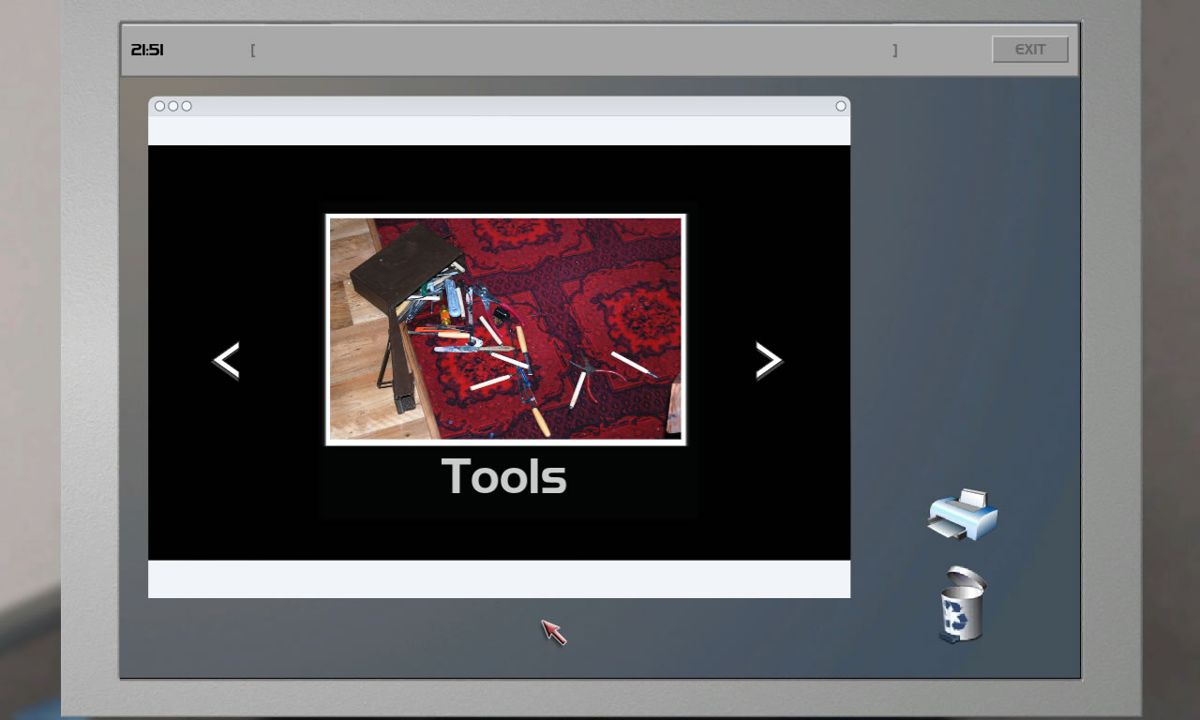
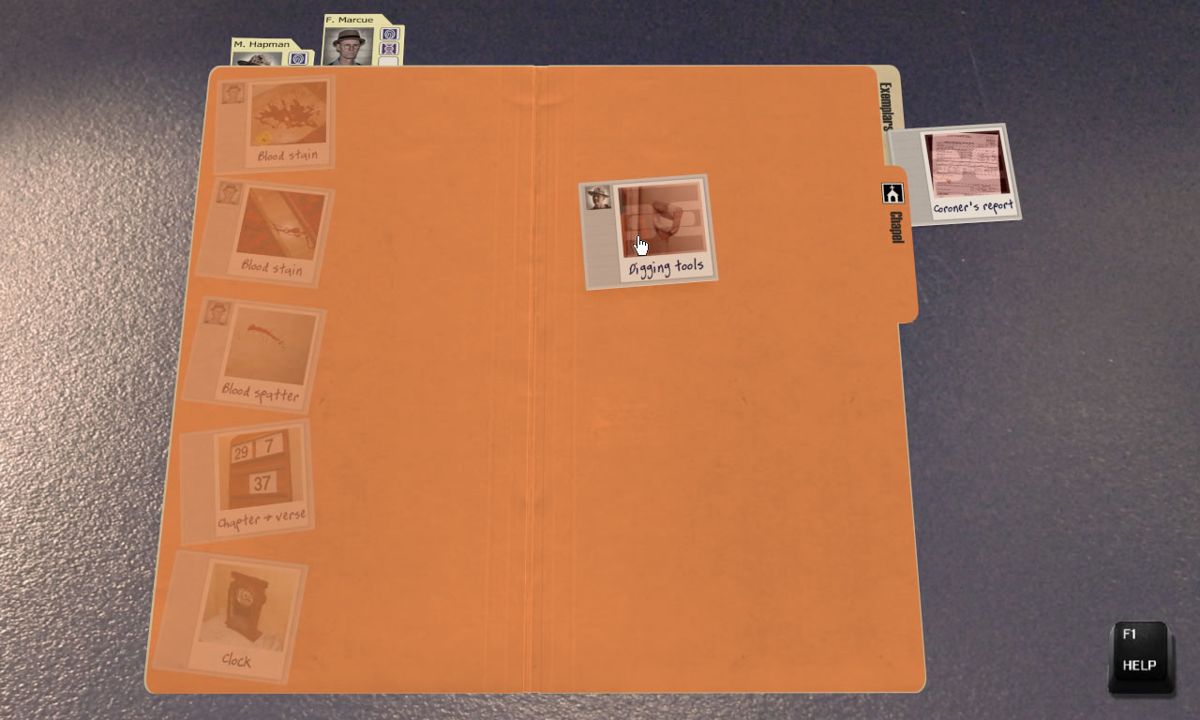
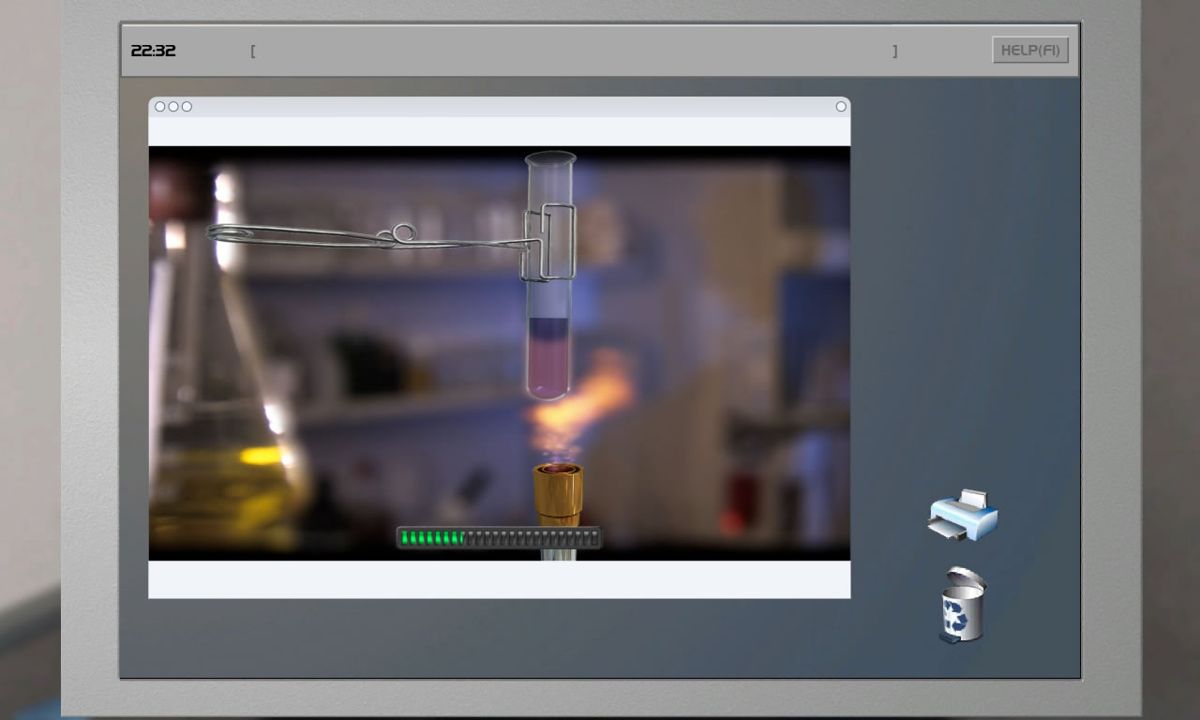
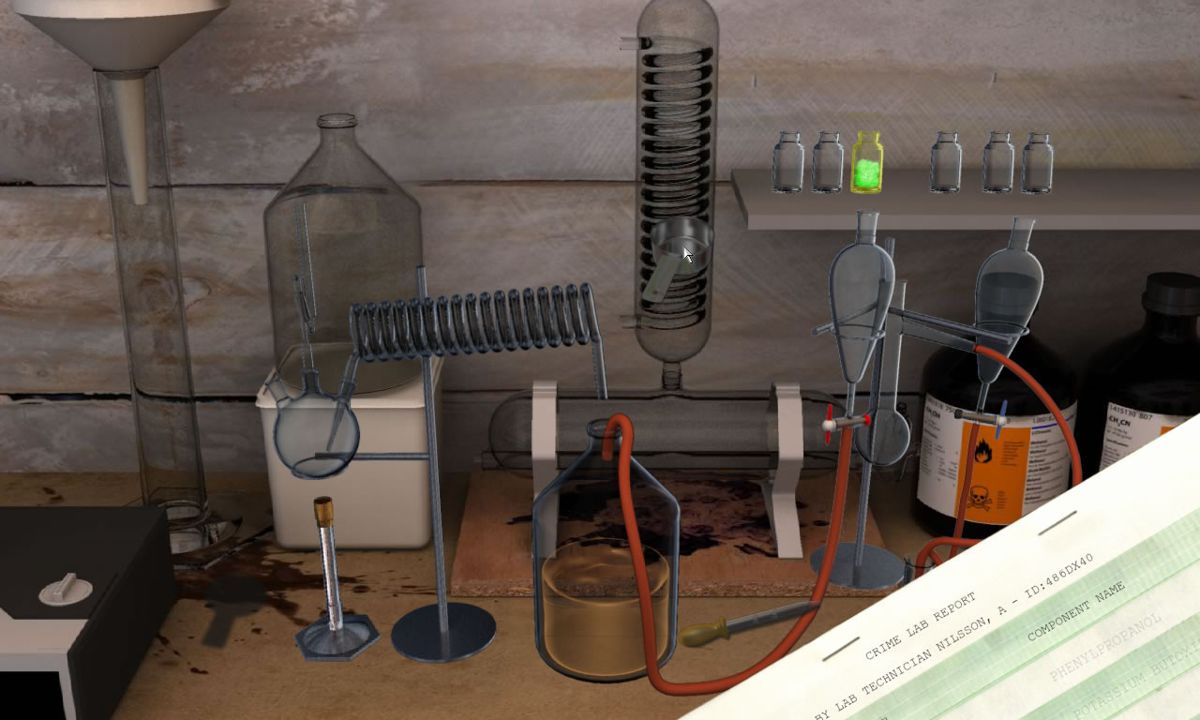
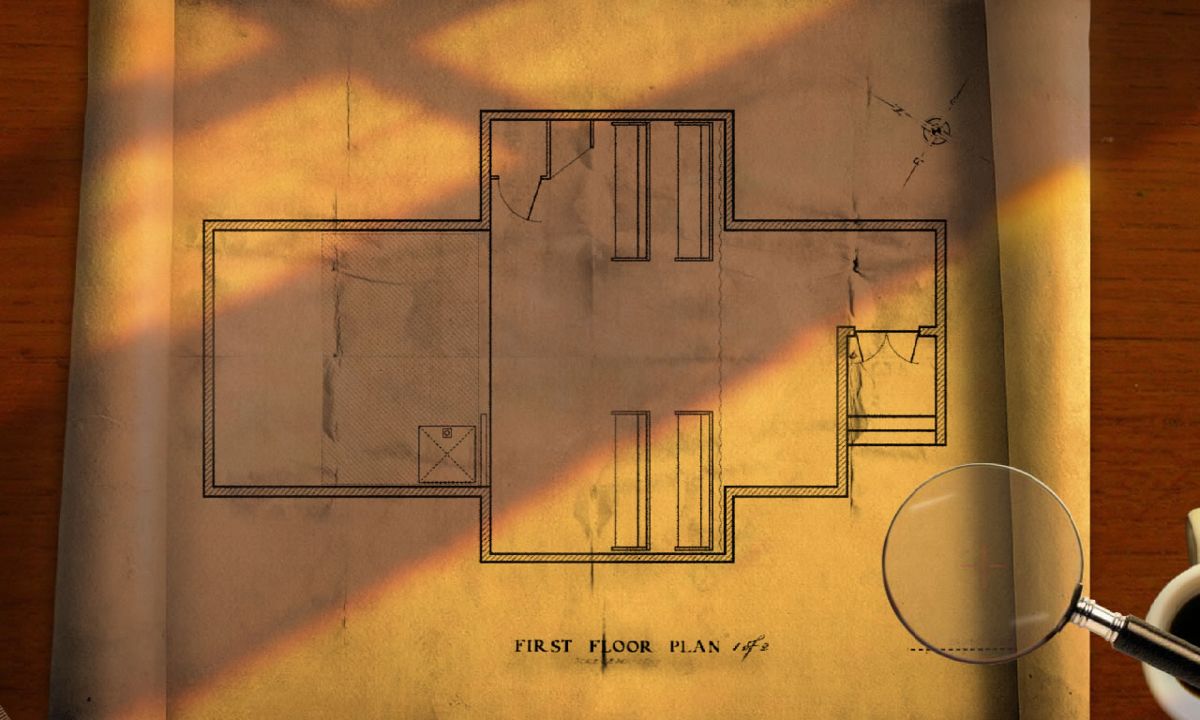



Reviews
There are no reviews yet.